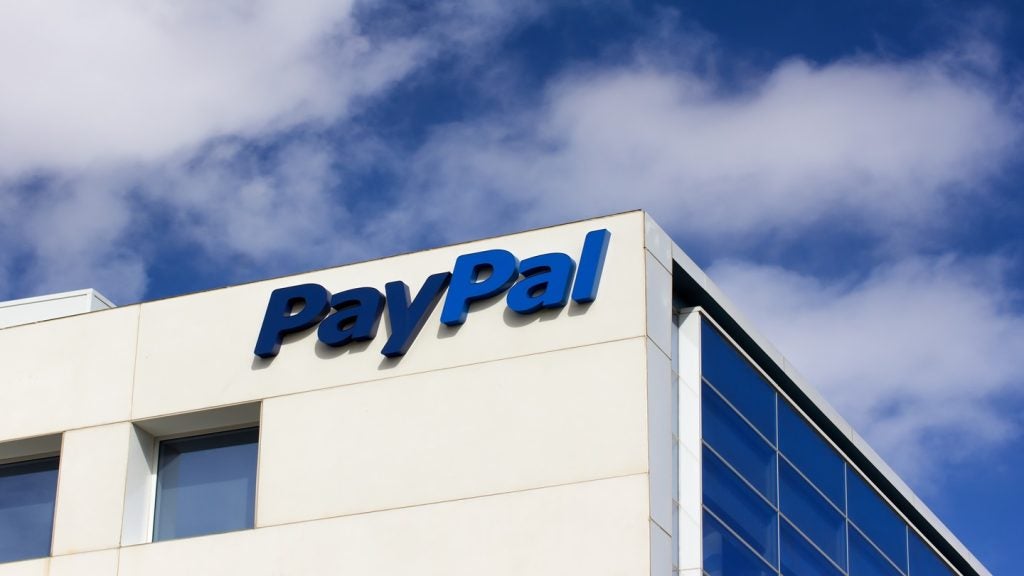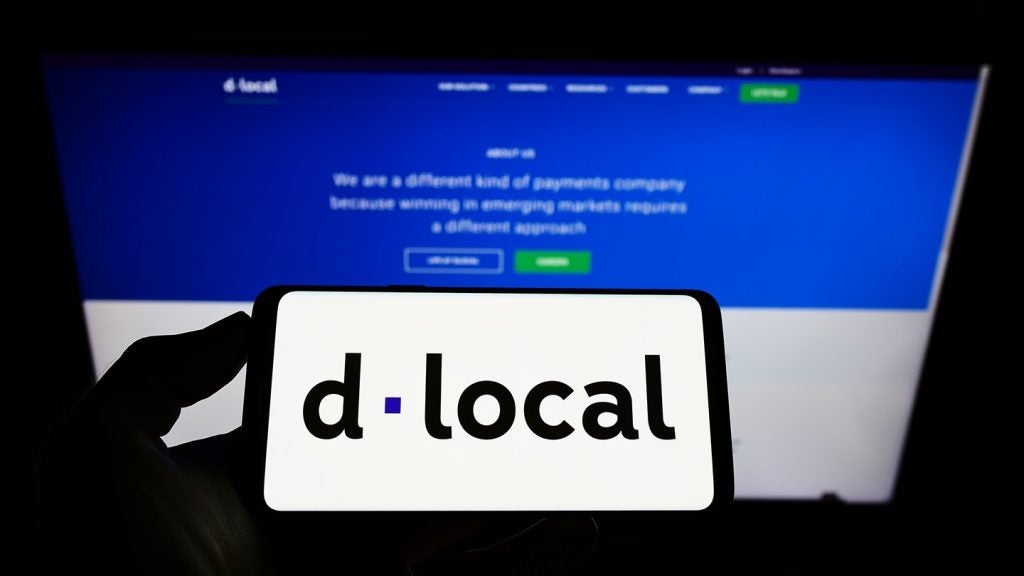Prepaid card spending in the US is lower than
many experts had predicted, according to research from the
country’s central bank, the Federal Reserve.
many experts had predicted, according to research from the
country’s central bank, the Federal Reserve.
In its Electronic Payments Study, the Fed said
the total number of prepaid transactions in the country for 2006
was around 3.4 billion, with a value of $49.9 billion. The study
quotes various analyst estimates of the industry, including some
from consultancies Mercator, Aite Group, Comdata, TowerGroup,
Accenture and First Annapolis, which said total spending was
higher.
the total number of prepaid transactions in the country for 2006
was around 3.4 billion, with a value of $49.9 billion. The study
quotes various analyst estimates of the industry, including some
from consultancies Mercator, Aite Group, Comdata, TowerGroup,
Accenture and First Annapolis, which said total spending was
higher.
For 2006, Aite Group reported there were a
similar number of transactions to the Fed, 3.6 billion, but its
total spending figure was almost double, at $95.4 billion. Mercator
said the total load for all prepaid segments in 2006 was $197.9
billion, a figure that had been revised down from its initial
estimate of $259.2 billion.
similar number of transactions to the Fed, 3.6 billion, but its
total spending figure was almost double, at $95.4 billion. Mercator
said the total load for all prepaid segments in 2006 was $197.9
billion, a figure that had been revised down from its initial
estimate of $259.2 billion.
The report says: “Separating the hyperbole from
documented results has proven to be a far greater challenge than
anticipated. The reluctance by industry participants to share data
suggests that there are some concerns about releasing information
publicly.”
documented results has proven to be a far greater challenge than
anticipated. The reluctance by industry participants to share data
suggests that there are some concerns about releasing information
publicly.”
The Fed report said part of the reason for the
different figures was because its study focused on transaction
value, rather than card load value. Card load values will naturally
be much higher, because prepaid cards have to be loaded before they
are used. It is estimated around 20 to 40 percent of prepaid card
load value is unspent at any given time. Breakage, where funds on a
prepaid card are not spent or expire (see sister publication PCI
15), was also another potential source of difference.
different figures was because its study focused on transaction
value, rather than card load value. Card load values will naturally
be much higher, because prepaid cards have to be loaded before they
are used. It is estimated around 20 to 40 percent of prepaid card
load value is unspent at any given time. Breakage, where funds on a
prepaid card are not spent or expire (see sister publication PCI
15), was also another potential source of difference.
The report says: “Many of the prepaid studies
that have been conducted within the industry have placed a large
focus on the volumes loaded onto prepaid cards. In some of the
studies, it may also be the case that both loads and purchases are
being counted to come up with some of the larger estimates that
have been floated in the industry.”
that have been conducted within the industry have placed a large
focus on the volumes loaded onto prepaid cards. In some of the
studies, it may also be the case that both loads and purchases are
being counted to come up with some of the larger estimates that
have been floated in the industry.”
The Fed said its report took extra care to
ensure all transactions were counted only once, by only taking
figures from processors. The report said closed-loop cards
continued to dominate the prepaid market. They accounted for 3.1
billion, or 91.2 percent, of the 3.4 billion total prepaid
transactions, with a value of $36.6 billion. The remainder were the
321 million open-loop prepaid card transactions in 2006, 88.4
million of which were through government prepaid programmes.
ensure all transactions were counted only once, by only taking
figures from processors. The report said closed-loop cards
continued to dominate the prepaid market. They accounted for 3.1
billion, or 91.2 percent, of the 3.4 billion total prepaid
transactions, with a value of $36.6 billion. The remainder were the
321 million open-loop prepaid card transactions in 2006, 88.4
million of which were through government prepaid programmes.
Closed-loop prepaid card programmes had been
increasing because of a “compelling business case”, the report
said. They provide incremental sales, reduce the need for
post-holiday price discounting, speed up check-out lines and
provide short-term working capital as well as long-term profit
because of breakage.
increasing because of a “compelling business case”, the report
said. They provide incremental sales, reduce the need for
post-holiday price discounting, speed up check-out lines and
provide short-term working capital as well as long-term profit
because of breakage.
Many in the prepaid industry expect most future
growth to come in the open-loop market and the report makes
reference to that trend. It also talks about government programmes
in some detail.
growth to come in the open-loop market and the report makes
reference to that trend. It also talks about government programmes
in some detail.
The report says: “Government use of prepaid is
gaining popularity as an increasing number of states are
transitioning towards electronic disbursement of benefit funds.
States are showing interest in the lower cost and higher efficiency
of the prepaid card achieved from savings on postage and check
printing.”
gaining popularity as an increasing number of states are
transitioning towards electronic disbursement of benefit funds.
States are showing interest in the lower cost and higher efficiency
of the prepaid card achieved from savings on postage and check
printing.”
“Furthermore, faster funds transaction adds
value to the prepaid mechanism. In addition, fraud among government
prepaid benefit programmes is relatively low: prepaid cards are
typically deemed lower risk than check payments.”
value to the prepaid mechanism. In addition, fraud among government
prepaid benefit programmes is relatively low: prepaid cards are
typically deemed lower risk than check payments.”








